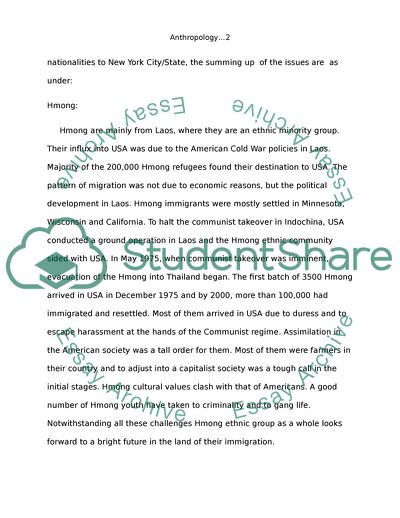Immigration, Race, and Ethnicity in America Case Study Example | Topics and Well Written Essays - 1750 words - 1. https://studentshare.org/anthropology/1751770-antropologhy
Immigration, Race, and Ethnicity in America Case Study Example | Topics and Well Written Essays - 1750 Words - 1. https://studentshare.org/anthropology/1751770-antropologhy.


